Phaethon appealed to his father, who swore to prove his paternity by giving him whatever he wanted. Phaethon asked to be allowed to drive the chariot of the sun through the heavens for a single day. Helios, bound by his oath, had to let him make the attempt. Phaethon set off but was entirely unable to control the horses of the sun chariot, which came too near to the earth and began to scorch it. To prevent further damage, Zeus hurled a thunderbolt at Phaethon, who fell to the earth at the mouth of the Eridanus, a river later identified as the Po.Another cool thing for the Tusk is that I first learned the Phaethon myth may represent an actual cosmic event way back in 1995. My original guru — on all this stuff — is old buddy Bob Kobres. His neo-digital worldwide web page back in 95′ opened my eyes to the possibility that ancient myth isn't all just caveman campfire stories. Bob believed that long related tales of 'god's wrestling in the sky' were based on actual observations of physically realistic cosmic impacts.
OF THE
TIMES

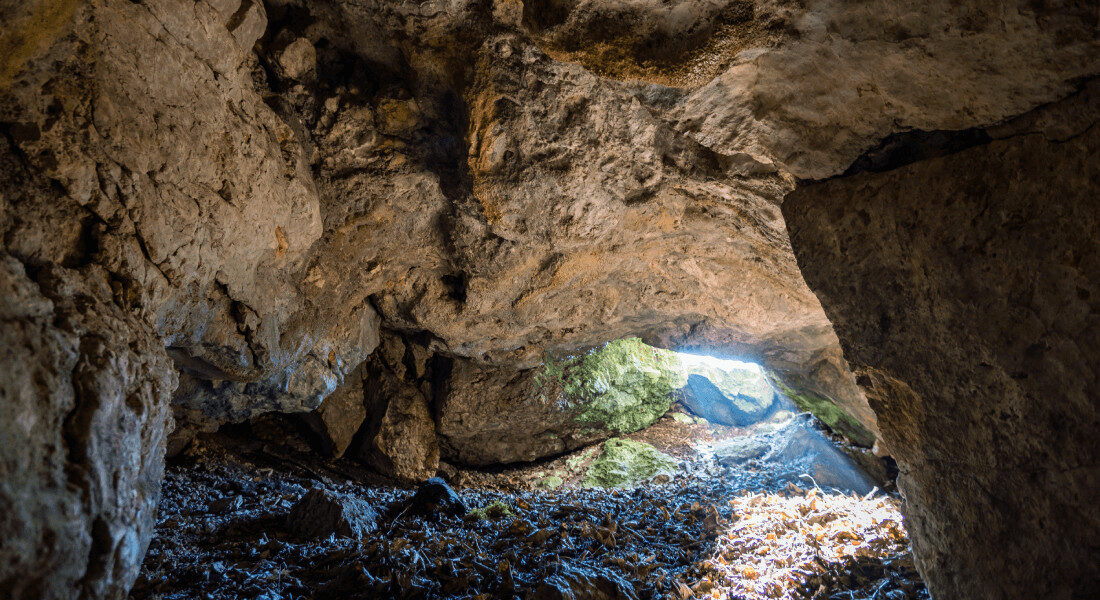
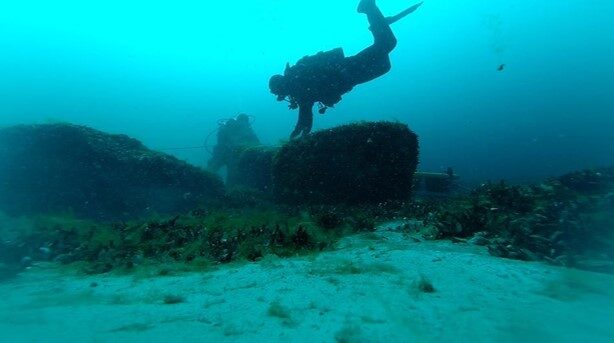

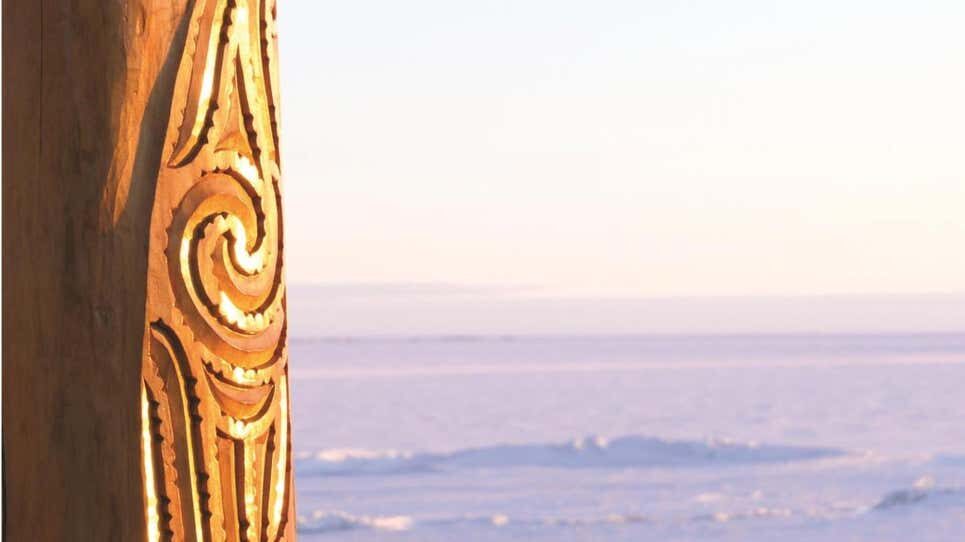
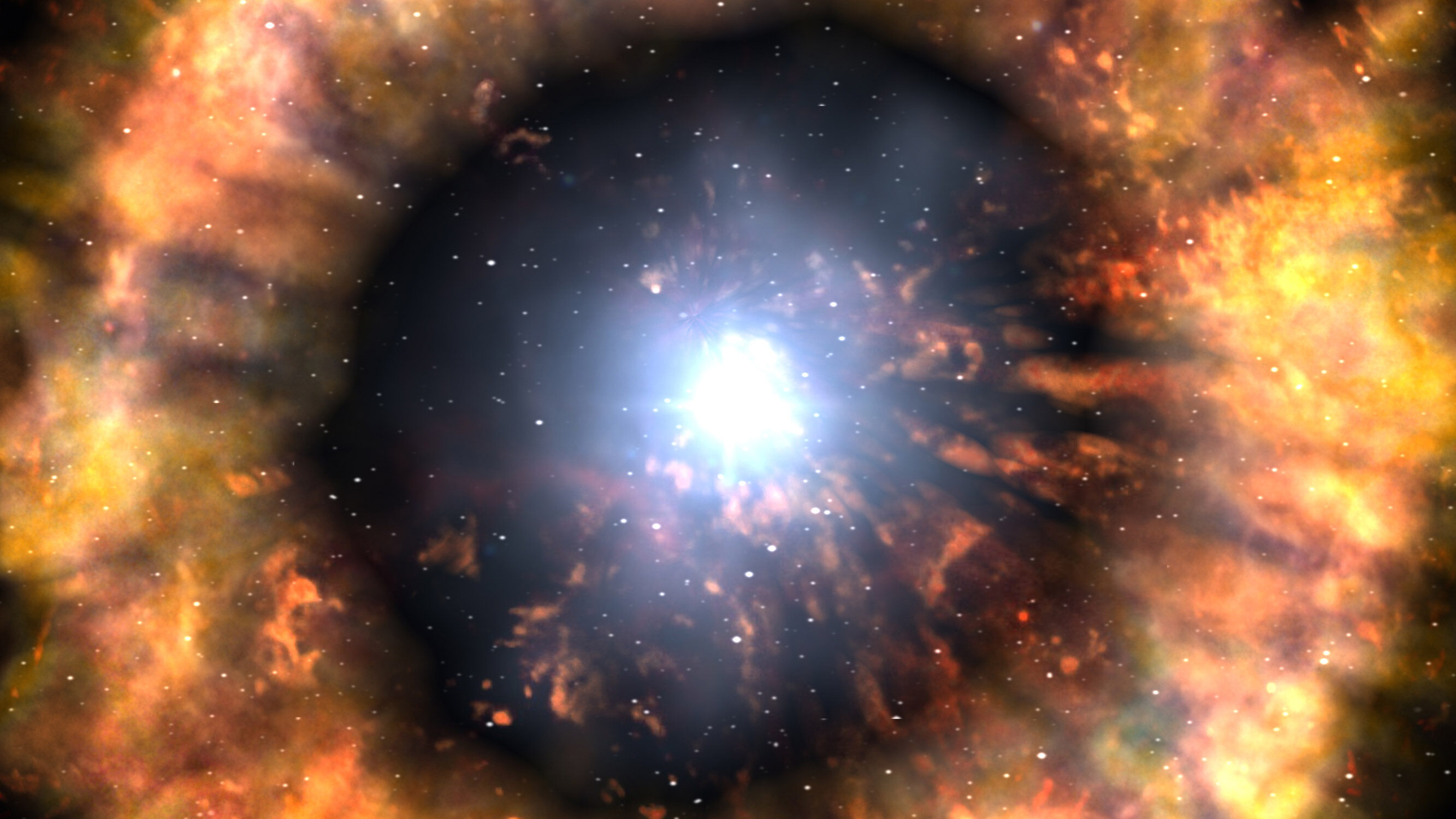

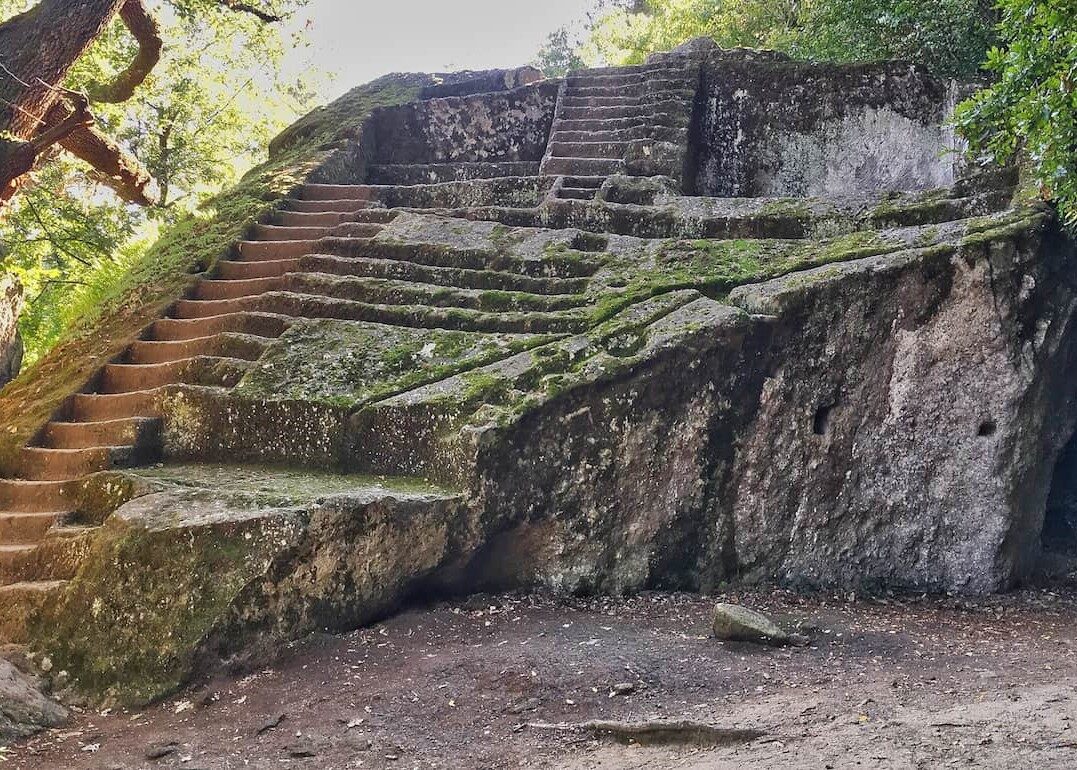
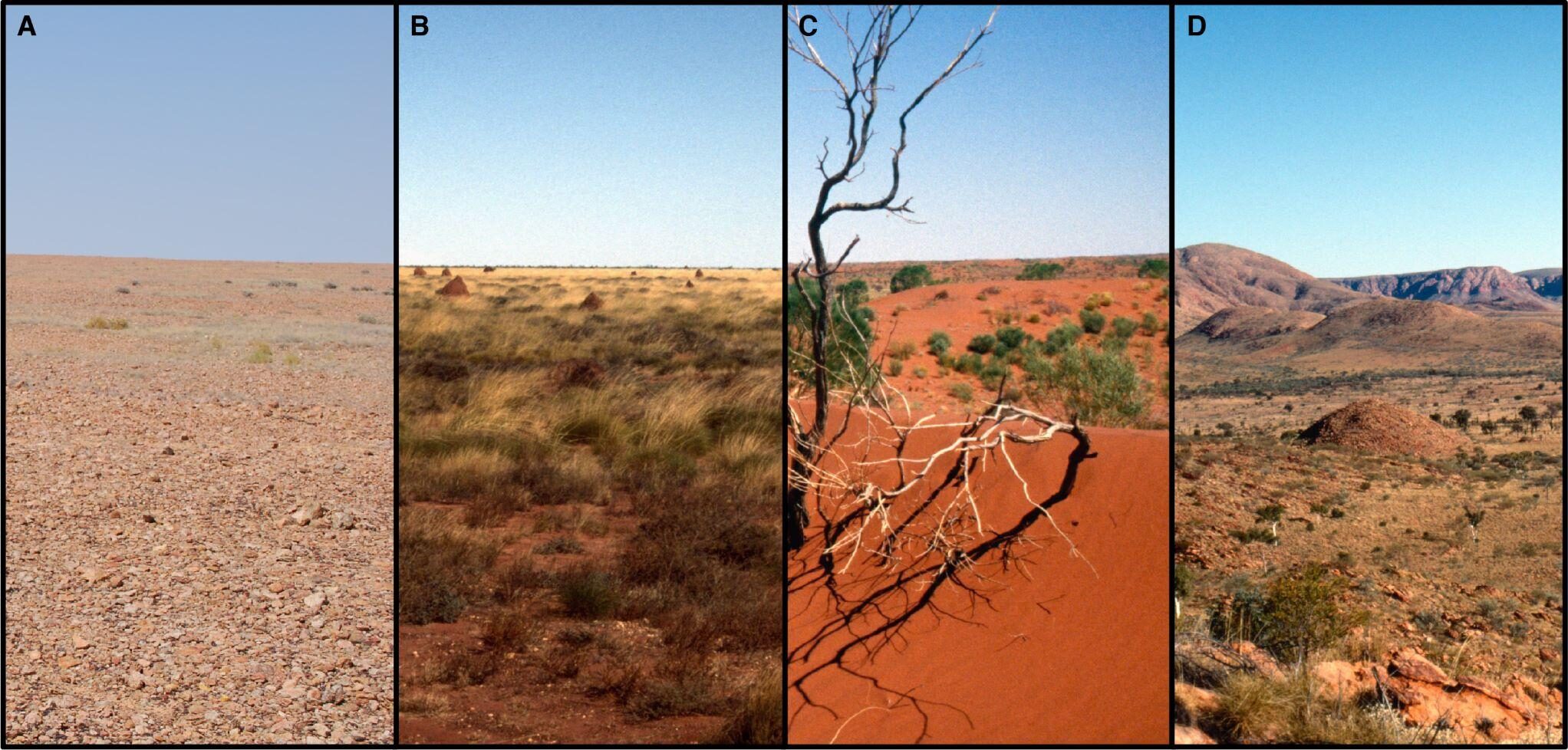
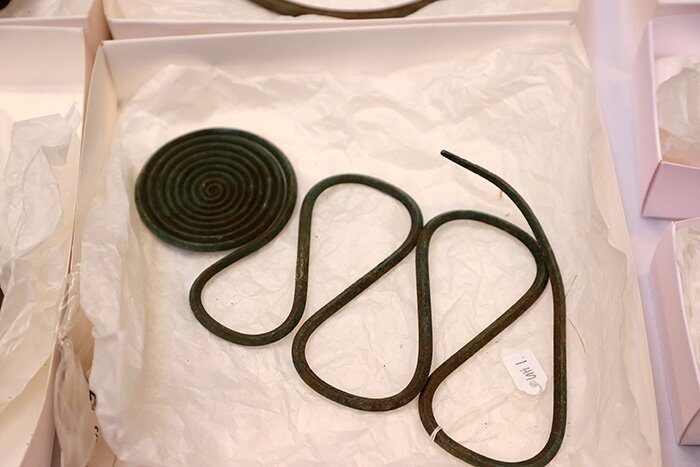



Comment: See also: